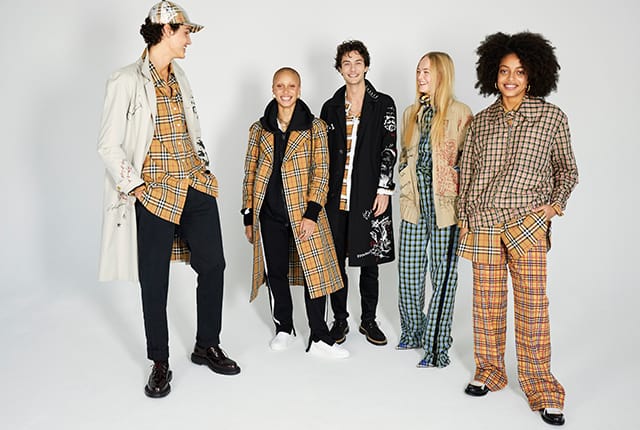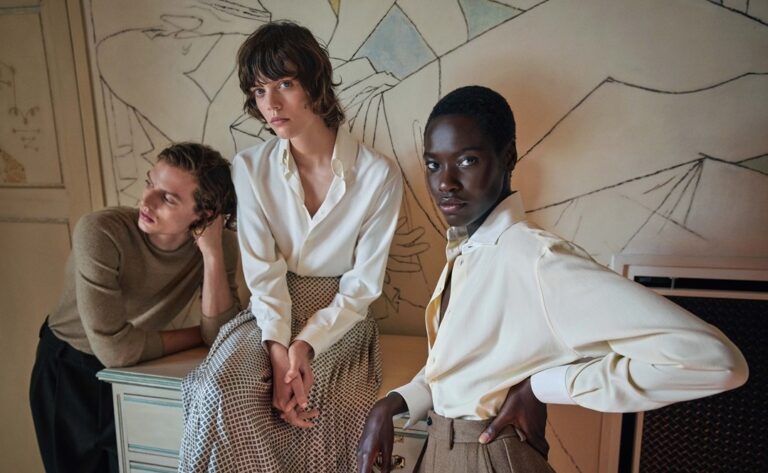It was only when I was in the audience listening to Dana Thomas in 2019 that I learnt that an affordable dress in the 1920s cost Dhs100. The term ‘affordable’ was likened to ‘high street’, and comparably a high street dress can often cost much less than Dhs100. The comparison which, in itself is shocking, must force us to ask how can a commodity lose such value over a 100-year period?

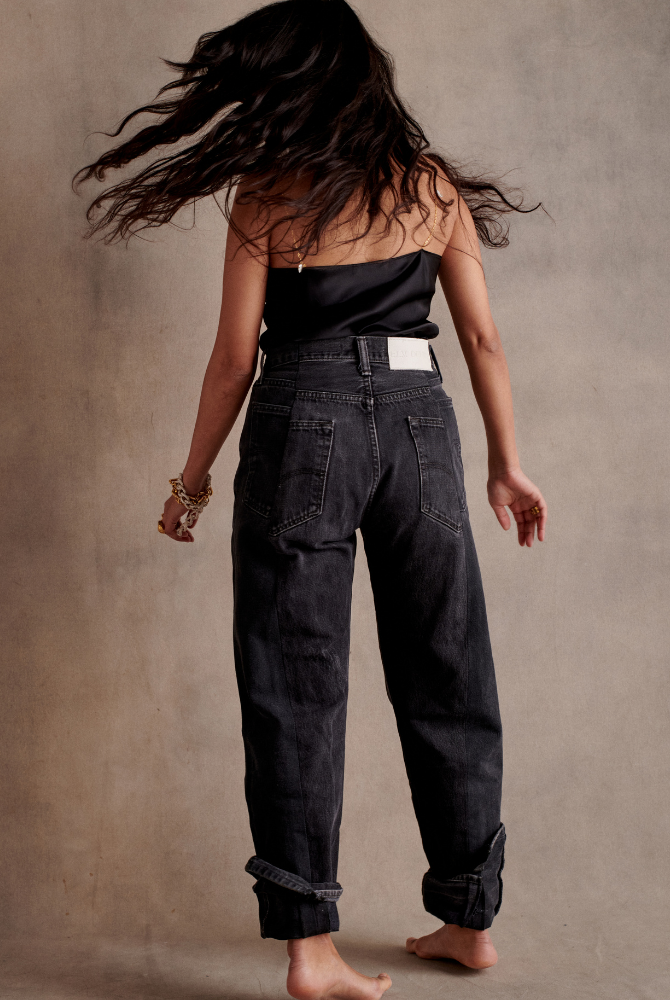
Once you start from that statistic, you can see further evidence that our consumption has become out of control. Equally, 100 years ago, an individual’s wardrobe was tiny compared to the vast size that it is now, and long gone is the notion of repairing clothes as once was. Here in the UK, as with many first world countries, clothing manufacturing was offshored in the quest for cheaper and cheaper garments, and as the prices reduced, so did the value we placed on these garments. The high street became a place you could buy guilt-free (and a lot of it) and often discard it before it was ever worn. UK textile recyclers say that a vast number of clothes discarded remain with the tags on; high street tags that are.
That tag also comes with a price that has been born by the person who made it. Of course, as brands try to be more transparent, we as consumers, have more visibility over where clothes are made, and workers can often be protected when they stand up for their rights. However, there is still so little value-added thought given to the person who made it, and human rights are often ignored. Really? Should a garment be able to cost Dhs10? Companies, that promote such flagrant consumption, should not be allowed to produce, as they flaunt standards and get away with it.
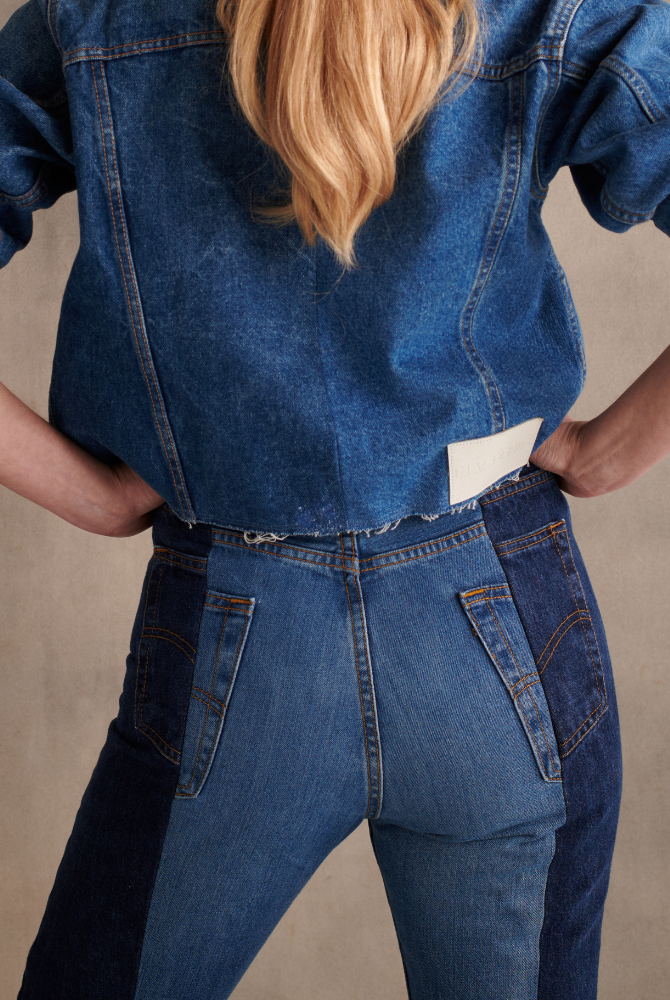
I understand that consumers expect high street prices, and we can’t flick a switch and expect clothes to cost what they should overnight (and by the way, a truly sustainable and well-made pair of jeans CANNOT cost Dhs100), but we should value our clothes no matter what they cost. Whether it’s Dhs25, Dhs250 or Dhs2500 – look after that garment equally, regardless of the price.
“Wash it kindly and thoughtfully. Repair it. And most importantly only buy it if you really REALLY need it, love it and you wear it instantly. If it stays unworn in your wardrobe for more than a week, take it back, please.”
And do think about what you will do with it when you no longer need it or can repair it no more (but that is another article!).
Of course, buying vintage or upcycled is the best, and ‘yes’ I hear you say, “of course, you would say that”. And you are right, as I am the Founder of E.L.V. DENIM, and we only use 100% upcycled post-consumer waste garments. Billions of garments are discarded in the world, and each one had a huge social and environmental cost in its production. Therefore, I feel we have a duty to right the wrong that was done in the first place and until we use all these existing textiles, we really shouldn’t be creating virgin fibres. Vintage and upcycled pieces are unique, and does the value you place on garments have these qualities? Well, it means you will treasure it forever, as it is as unique as you.
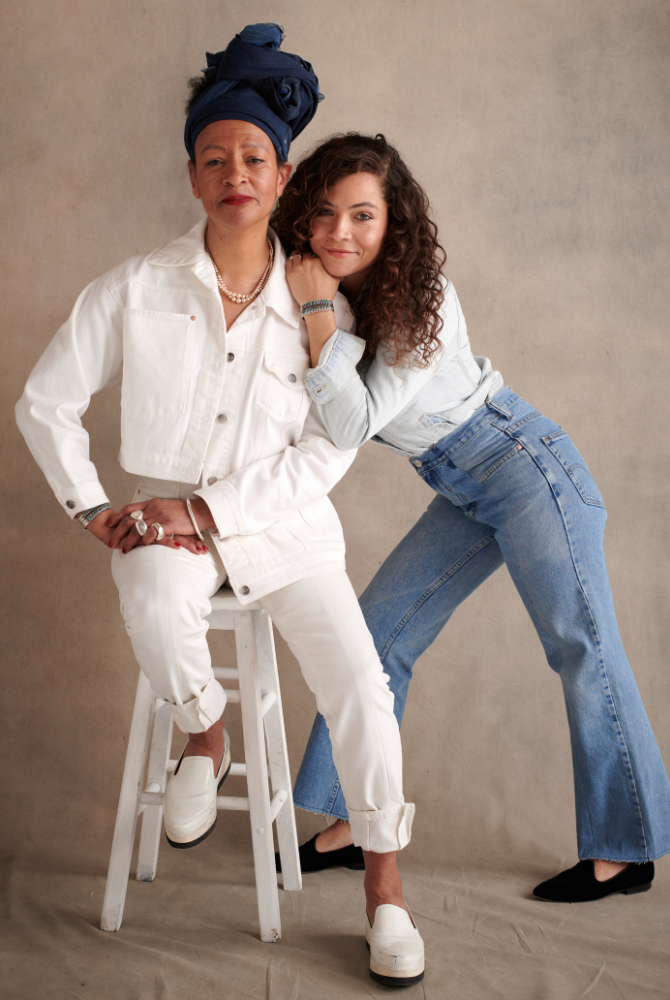
By Anna Foster, Founder E.L.V. DENIM

